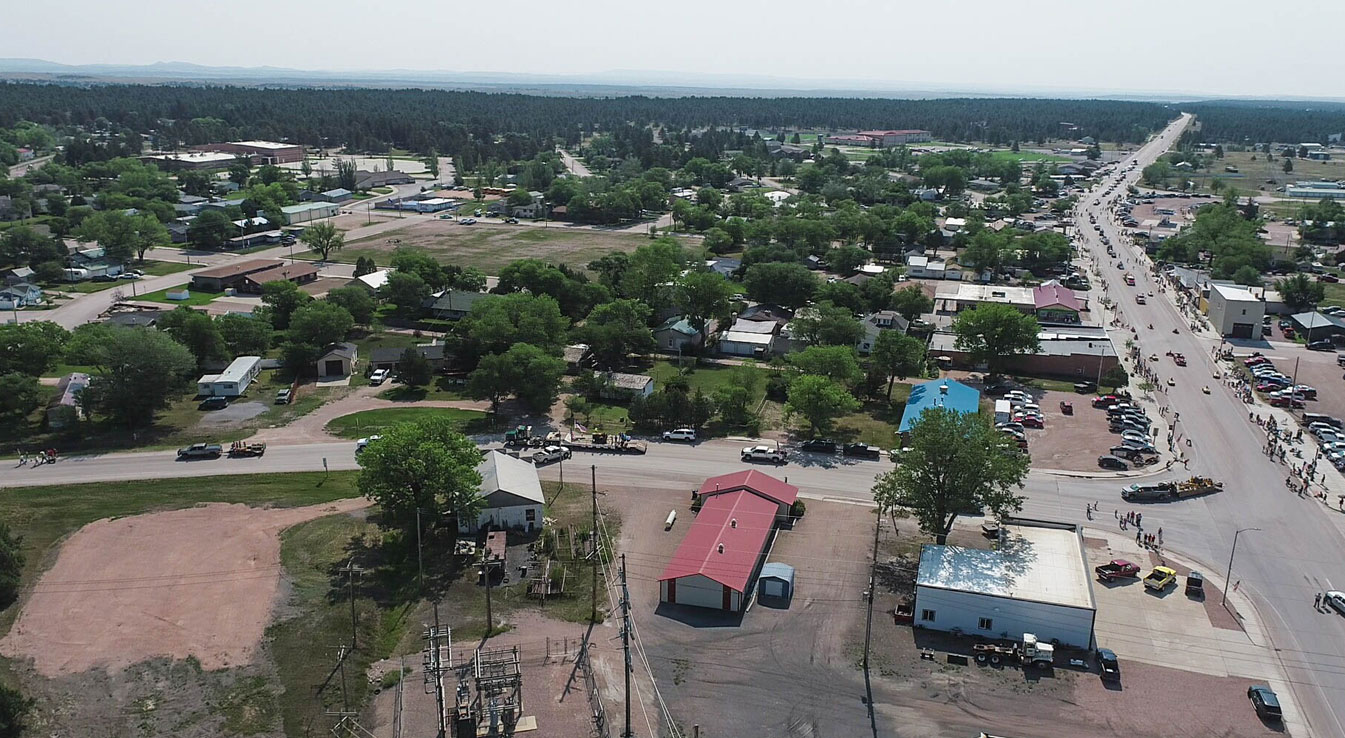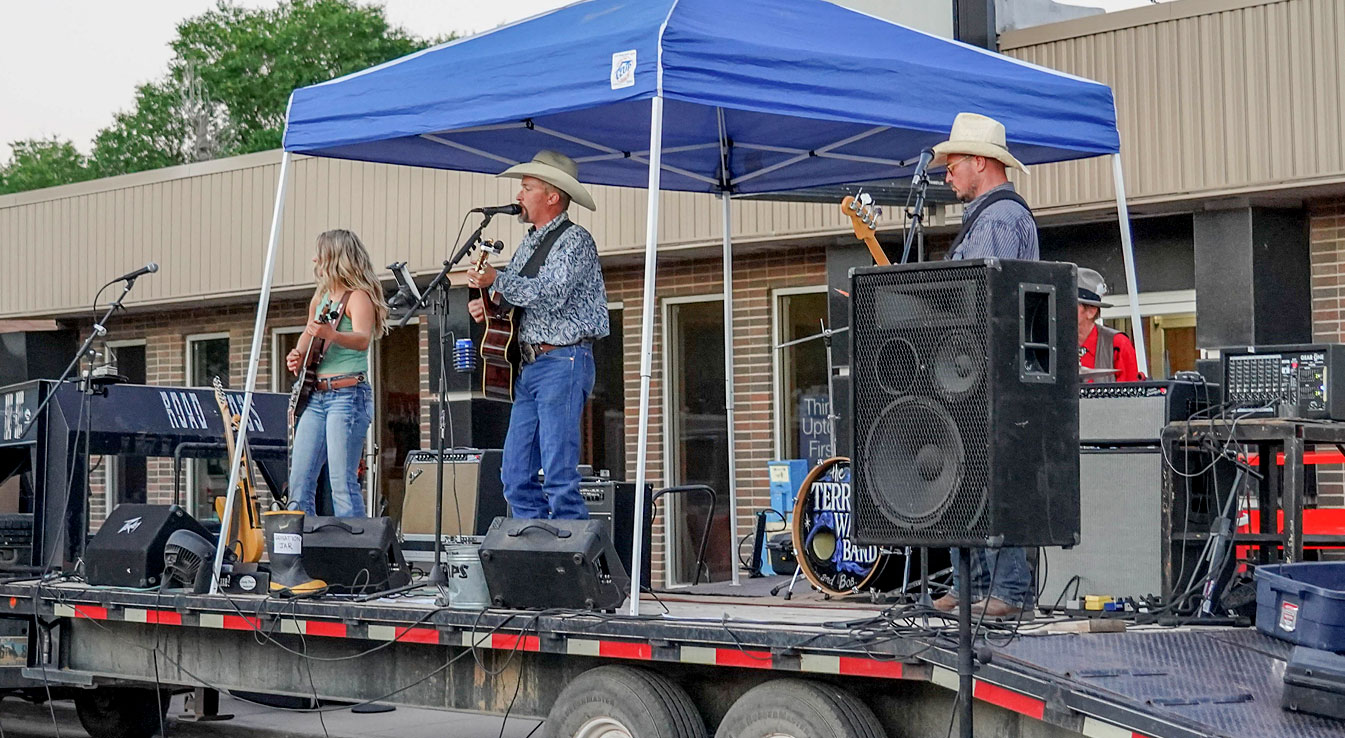2022 Wyoming Hunt Forecast Available
25 Aug 2022
The anticipation for hunters has been building for months, but the time has come or is rapidly approaching as seasons for big and small game are about to open across Wyoming. Some trends — good and bad — figure to hold true once again in 2022. Mother Nature will play a role in hunter success and animal survival, but how much?
Whether you are after pronghorn along the plains, deer or elk in the mountains, bighorn sheep high in the mountains or birds along the flatlands and wetlands, check out the 2022 Wyoming Game and Fish Department hunting forecast from eight regions around the state. The forecasts from each region are based on data and observations from the field by department biologists.
A few reminders: Before heading out be sure to review the 2022 hunting regulations for any season changes.
Hunters who harvest a deer or elk in any of the state’s chronic wasting disease focus areas are encouraged to get it tested. The information is incredibly valuable and will help Game and Fish’s long-term monitoring and management efforts.
Hunters and recreationists are reminded to be mindful of the spread of invasive plant species and to report locations of cheatgrass to the county Weed and Pest District. If drought conditions persist, this could affect daily patterns of big game and may require hunters to devote additional effort to locating animals.
As always, big game hunters are reminded that hunt areas denoted with an asterisk (*) have limited public hunting access and are largely comprised of private lands. In these areas, hunters should get permission to hunt private land before applying for a license, or at least recognize that hunting small isolated parcels of public land can be difficult and frustrating at times.
SHERIDAN REGION PRONGHORN
License and hunting dynamics in the region have shifted in recent years, with leftover licenses becoming a rarity and draw odds less favorable. The causes are in part due to increasing numbers of license applications and reductions in license quotas. License quota reductions have been a result of persistent and extreme drought conditions, decreasing trends in harvest success metrics, stable to declining trends in annual population abundance estimates, a response to public concerns about hunter crowding and to offset impacts from diseaserelated mortalities. To varying degrees throughout the region, mortalities due to epizootic hemorrhagic disease and bluetongue virus in 2021 caused population impacts. The level of quota reductions for the 2022 season is sufficient and expect to provide those who draw ample opportunity to have a successful hunt. Spring conditions this year have provided much-needed moisture to the region and should help populations rebound.
MULE DEER
Over the long term, trends in mule deer populations vary within the region. Over the short term, mule deer throughout the region have been impacted by severe drought and diseaserelated mortalities since 2019. Harvest strategies are designed to provide buck hunting opportunities while maintaining conservative antlerless deer harvest. The goal is to maximize herd growth. In many areas, the hunting regulations were changed to no longer allow mule deer doe harvest on private lands. To date, precipitation in 2022 has reduced the drought intensity and the doe-to-fawn ratios should show a positive response to the increased moisture. Chronic wasting disease prevalence estimates in the region’s herd units range from 12-18%. Deer Hunt Areas 1-6 are part of the 2022 chronic wasting disease monitoring focus areas.
WHITE-TAILED DEER
These seasons are liberal. Nearly all hunt areas offer November hunting seasons for any white-tailed deer and many doe/fawn seasons extend into December to allow maximum harvest to manage this population. Most whitetailed deer are found on private land. The epizootic hemorrhagic disease and bluetongue outbreak in fall 2021 affected whitetailed deer populations and with CWD prevalence greater than 20 percent, expect some level of population impacts due to disease. License holders in Hunt Areas 27, 29, 30, 32, 33 and 163 are no longer eligible to apply for and receive an unlimited number of limited quota, reduced-price doe/fawn deer licenses after the leftover drawing is complete.
ELK
Now is a great time to be an elk hunter with ample opportunity to harvest an animal, especially if you are willing to hunt antlerless elk. There are a lot of changes in the 2022 seasons as compared to previous years in the region, so be sure to refer to the current hunting regulations. Changes in season limitations, opening dates and license types were designed to help achieve desired harvest levels. Limited quota, any-elk licenses continue to be difficult to draw but those lucky to draw a permit have a reasonable chance at harvesting a mature bull. Several areas had leftover antlerless and cow/calf licenses available after the draw, but these tend to be private land areas where access to hunt is limited. Elk Hunt Areas 33-34, 41, 45, 47-19 and 120 are part of the 2022 chronic wasting disease monitoring focus areas.
UPLAND GAME
Spring 2022 precipitation has been more favorable to uplandrearing brood habitats compared to the previous two years. While there is confirmed highly pathogenic avian influenza in wild turkeys, the extent to which this disease may have affected turkey and other upland game species as a whole in the region is unknown. Pheasant production at the Sheridan Bird Farm has been impacted by HPAI and hunters can expect a slightly shorter release season as numbers were down due to disease concerns. Areas that require a Pheasant Management Stamp in Sheridan and Johnson counties will now be open to harvest any pheasant, a new change for the 2022 season.
MIGRATORY GAME BIRDS - Statewide
Much of Wyoming continues to be in moderate to severe drought. Precipitation in spring and early summer helped conditions in parts of the state, including the Wind River Basin, but some of Wyoming’s biggest waterfowl hunting areas like Goshen and Platte counties remain very dry. There could be below-average success for local broods and reduced habitat to pull in migrants in the fall and winter. Conditions in the Prairie Potholes of the U.S. and Canada are variable but below average. This area breeds the bulk of ducks harvested in Wyoming. Migration chronology and weather, as well as hunter efforts of scouting for birds and obtaining permission to hunt private land when necessary, will influence the success of migratory bird hunters throughout the state. Before heading out be sure to review the 2022 hunting regulations for any season changes.
DUCKS
Most of Wyoming’s migrating ducks come from the U.S. and Canadian prairies. Initial reports indicate dry conditions in southern Alberta, eastern Montana and parts of the Dakotas. Prairies in North Dakota and parts of South Dakota are holding significant amounts of water, but overall habitat conditions do not look favorable for duck production. Lower than average duck numbers can be expected.
DARK GEESE
Canada geese harvested in the state come from two populations. The Rocky Mountain Population can be found west of the Continental Divide in the Wind River and Bighorn River basins and in western Carbon and Natrona counties. Large geese found in eastern Wyoming belong to the Hi-Line Population. Goose numbers in recent years have been consistently high. Canada goose numbers during hunting season are usually driven by winter conditions and there should be plenty of geese present should the weather cooperate.
Mourning Doves
Production within Wyoming in 2022 was average to belowaverage based on anecdotal reports. The majority of doves will migrate out of the state with the first cold snap, which usually occurs between lateAugust and mid-September. Doves from northern areas do migrate through the state in midSeptember and good hunting can still be found after the first few days of the season.
SANDHILL CRANE
Cranes that migrate through eastern Wyoming — Hunt Area 7 — are primarily from the MidContinent Population, which has been relatively stable since the early 1980s and exceeds the established objective range of 349,000–472,000. Cranes that breed and stage in central and western Wyoming —Hunt Areas 1-6, and 8 — are from the Rocky Mountain Population. The fall pre-migration survey in 2021 remained high. Cranes in Hunt Areas 4 and 6 tend to roost and feed in the same locations every year. Roost locations in Hunt Area 4 are Hidden Valley, Riverview Valley and the south side of Ocean Lake. Roost locations in Hunt Area 6 are north of Worland, the Otto area, from Powell to Ralston and Ralston Reservoir. For best success, scout for cranes prior to the season and obtain permission to access the fields they use.
SAGE GROUSE
The 2022 sage grouse hunting seasons for Wyoming are similar to last year with the exception of a date shift to keep opening day anchored to the third Saturday in September. Hunt Area 1 covers most of the state and is open Sept. 17-30. A three-day season in northeast Wyoming is set for Sept. 17-19 in Hunt Area 4. Sage grouse numbers will be down compared to the last few years and hunters should expect low rates of success. Sage grouse populations appear to be in the midst of a downward swing within their population cycle. The number of birds harvested each year is strongly related to hatching success and over-summer chick survival. Drought conditions from previous years have impacted populations and should statewide conditions continue, chick survival will be limited.
More Topics

Request for Expression of Interest Released by The Western Interstate Hydrogen Hub Coalition
Aug 25 2022
Relocating to Upton Can offset Rising Inflation
Aug 19 2022








